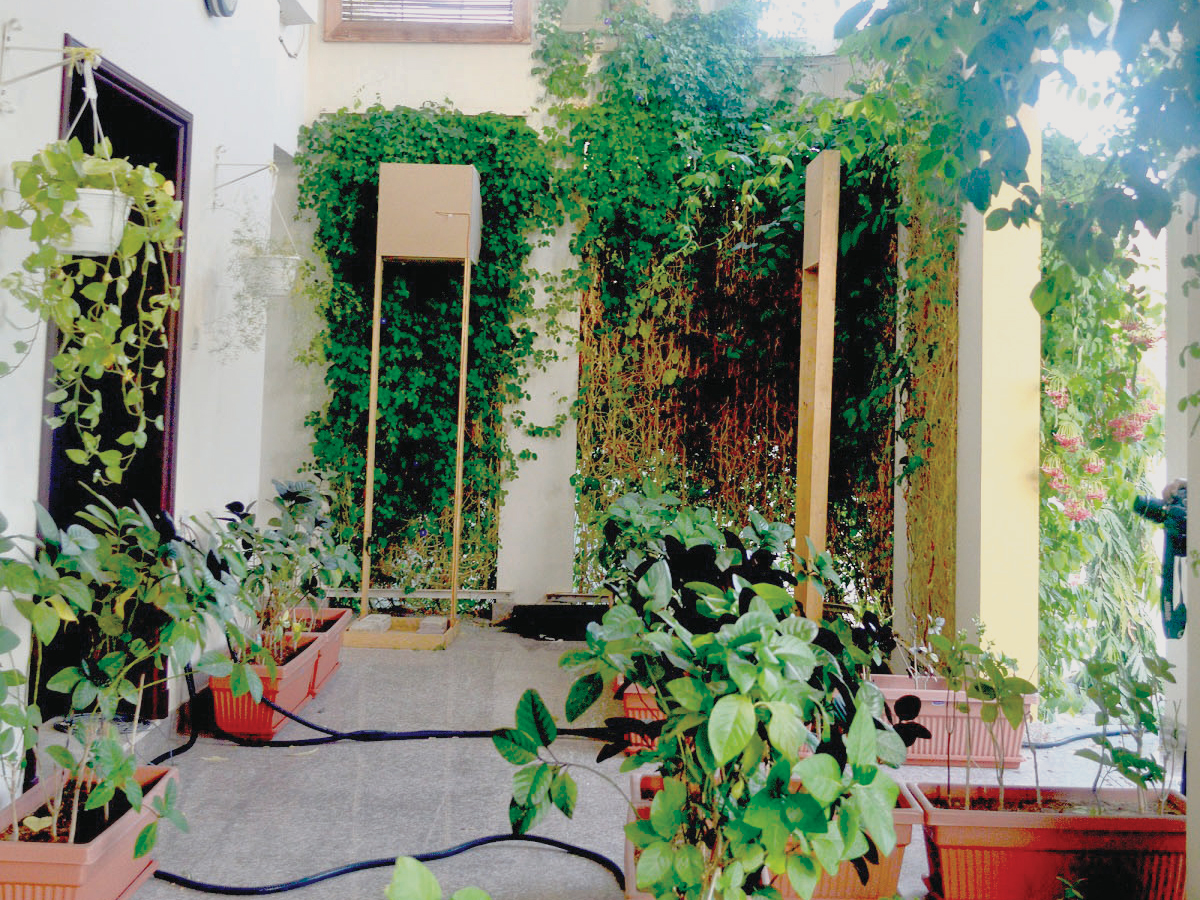

By Zainab Al Nasseri — MUSCAT: Feb 22 - The Omani Eco-House at Sultan Qaboos University (SQU) was opened on Wednesday under the patronage of Najeeb bin Ali al Rowas, Under-Secretary of the Ministry of Environment and Climate Affairs. The project is a pioneer idea implemented by the College of Engineering at Sultan Qaboos University and supported by the Research Council (TRC). The house is constructed at Sultan Qaboos University campus.
On the occasion, Prof Abdullah Hamed al Badi, Dean of the College of Engineering thanked the Research Council for the valuable support including the substantial funding that brought the project to reality. He also expressed gratitude to Dr Ali bin Saud al Bimani, the Vice Chancellor of SQU for his support and direct personal involvement throughout the project. “I am proud of the dedication and enthusiasm of our Eco-house team that continued relentless efforts for the last four years that culminated into an green architectural land mark at our university that is continuously applauded by our visitors”, he said.
Prof Awni kamel Shaaban, the project leader of the Eco-house at SQU, gave an overview of the project focusing on its philosophy, identity, architecture typology and other unique features such as natural ventilation and sustainable landscape.
“The mission of this project is to promote good eco-friendly design and construction practices and to introduce future innovations that further support green architecture and sustainability. The Eco-house project seeks to raise public awareness of the benefits associated with increasing a property’s energy efficiency and reduce energy and resource waste. Built in the form of a residential house, the Eco-house aims to promote contemporary Omani family living patterns combined with the traditions and to contribute to the context of sustainability and future aspirations”, Prof Shaaban said.
The house consists of 20 kilowatt photovoltaic solar-powered cells, made up of 80 of solar panels on the roof of the house. Each solar panel produces 250 watts that are assembled respectively to go to AC converter, compatible with local network and matching the domestic and international requirements for connecting with the network. It uses the power produced at home and exports the excess to the local network in the daytime are imports power from the network in the evening.
This step aims to introduce future innovations for green building and sustainable development that rationalises the consumed power in the operation of air mechanical conditioning units, artificial lighting, home appliances and use of renewable energy sources from solar energy, the rationalisation of water supply, the provision of water treatment and re-use in watering the house plants.
Oman Observer is now on the WhatsApp channel. Click here



